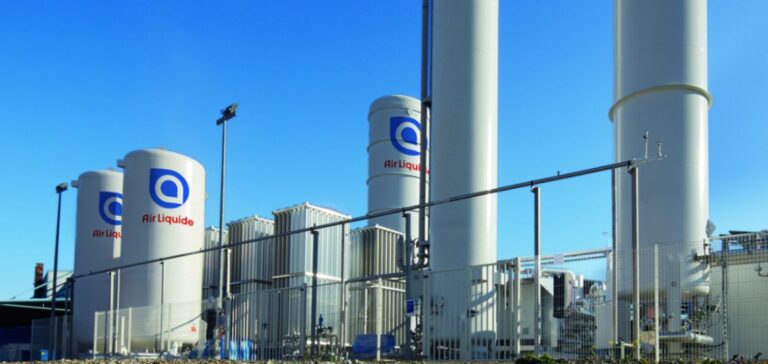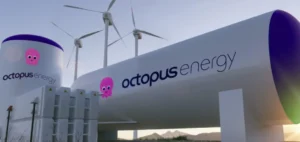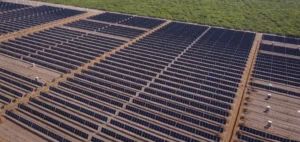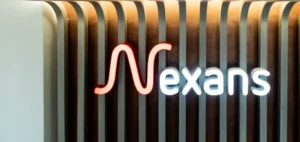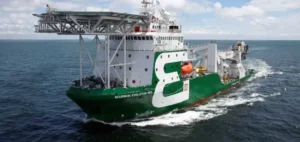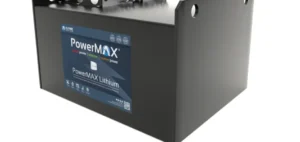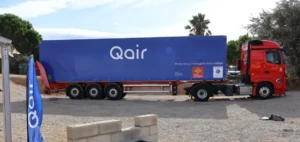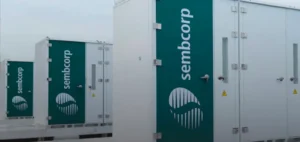In 2024, Air Liquide took a major step forward by signing a record amount of power purchase agreements (PPAs) for more than 2,500 GWh of low-carbon and renewable energy per year. These agreements, spanning from 3 to 20 years, cover strategic regions such as Asia, Europe, and South America.
Expanding Low-Carbon Energy Supply
These new PPAs, effective from January 2025, will power Air Liquide’s existing industrial infrastructure and support its growth. The agreements were signed in key countries such as China, France, Germany, Spain, and Argentina, reinforcing the company’s energy security strategy.
By integrating this additional capacity into its energy mix, Air Liquide will reduce its annual carbon dioxide (CO₂) emissions by more than 1.2 million tonnes. This initiative aligns with the broader energy transition, where access to decarbonized electricity becomes a strategic lever to optimize operating costs and ensure industrial competitiveness.
A Catalyst for New Technology Development
Low-carbon electricity supply also contributes to the deployment of new industrial infrastructures. Air Liquide plans to use these resources to accelerate projects related to hydrogen technologies and electrolyzers. Notable initiatives include the Normand’Hy project in France and the Trailblazer project in Germany, both aimed at developing low-carbon hydrogen production.
Additionally, these contracts enable Air Liquide to meet the growing demand from its clients for industrial gases with a lower carbon footprint. As businesses seek to integrate low-carbon solutions into their supply chains, suppliers with sustainable production capabilities are becoming increasingly attractive.
Strengthening Energy Strategy
Air Liquide’s commitment to securing low-carbon electricity is based on a diversified approach. In addition to PPAs, the company is investing in modernizing its assets to improve energy efficiency and is exploring advanced carbon capture and storage solutions.
By positioning itself in key markets and anticipating regulatory changes, Air Liquide continues to adjust its strategy to maintain competitiveness. The scale of the contracts signed in 2024 reflects this adaptability to industrial and energy realities in the coming decades.


